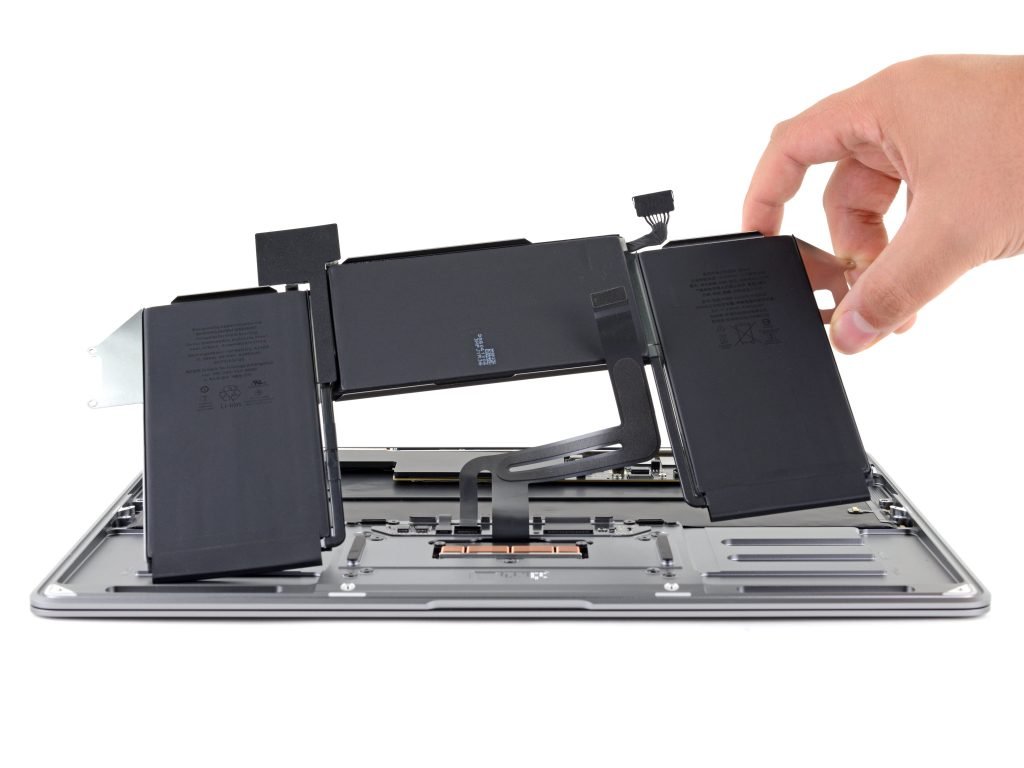Lithium-ion or Li-ion batteries are rechargeable energy storage devices that come in many modern consumer electronics, ranging from smartphones and laptops to electric vehicles. This glossary provides an overview of key terms associated with Li-ion batteries.
A Li-ion battery is a rechargeable battery where lithium ions move from the negative electrode or anode to the positive electrode – known as a cathode during use. These ions move back to the anode during charging.
Parts Of A Li-ion Battery
Anode
An anode is the electrode where current flows into the battery during discharge or use. In Li-ion batteries, the anode is typically made of graphite.
Cathode
A cathode is the electrode where current flows out of the battery during discharge. Cathodes in Li-ion batteries often consist of metal oxides such as lithium cobalt oxide or lithium iron phosphate.
Electrolyte
The electrolyte is a substance, usually a liquid or gel, that conducts ions between the cathode and anode. In Li-ion batteries, the electrolyte is often a lithium salt dissolved in a solvent.
BMS (Battery Management System):
The Battery Management System monitors and manages various aspects of a Li-ion battery, including voltage, temperature, and state of charge, to ensure safe and efficient operation.
Separator Membrane
The separator is a permeable membrane that keeps the cathode and anode from coming into direct contact while allowing the flow of ions. It prevents short circuits within the battery.

More About Li-Ion Batteries
Capacity, Cycle Life & Battery Cycles
Capacity refers to the amount of electric charge a battery can store, usually measured in milliampere-hours (mAh) but may also be measured in ampere-hours (Ah). Cycle life, pertains to the number of charge-discharge cycles a battery can undergo before experiencing notable capacity degradation. A higher cycle life is more desirable to ensure longer-lasting batteries.
If you have a device that needs a battery service and replacement, contact us.
Thermal Runaway
A condition where a battery experiences an uncontrollable increase in temperature, often leading to catastrophic failure. It is a critical safety concern in Li-ion batteries.
Thermal runaway in lithium-ion batteries can result from overcharging, external or internal short circuits, high temperatures, or physical damage. Overcharging can exceed voltage limits, short circuits could create direct connections, high temperatures can accelerate chemical reactions, and physical damage may compromise structural integrity.
Fast Charging
A charging method that replenishes a significant portion of the battery’s capacity in a relatively short time. Li-ion batteries are known for their ability to support fast charging. Typical fast charging offers up to 50% battery in 15 – 30 minutes.
